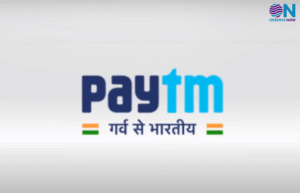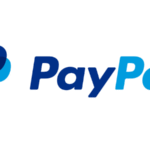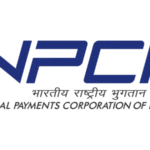Microsoft Tightens High‑Privilege Access in Microsoft 365 to Strengthen Zero Trust Security

Microsoft is implementing stringent changes to high‑privilege access within Microsoft 365 as part of its broader Zero Trust strategy, to minimize risk and enforce the principle of least privilege across its cloud ecosystem.
At the core of this initiative is the elimination of legacy High‑Privilege Access (HPA) models, which formerly enabled application-to-application (S2S) actions in customer environments without proper user context. Under the revamped approach, Microsoft has retired over 1,000 such legacy scenarios and established granular, context-aware authentication protocols that restrict any application or service to only the minimal permissions required to fulfill its function.
To enforce least privilege principles in admin roles, organizations are encouraged to adopt mechanisms such as Privileged Identity Management and Granular Delegated Admin Privileges. PIM offers just-in-time elevation of permissions, role expiration, and conditional access enforcement. GDAP replaces broader Delegated Admin Privileges (DAP), enabling finer access control and better alignment with Zero Trust guidelines.
Monitoring and logging elevated access has been improved with Microsoft Entra logging Elevated Access events in audit logs to track when high-privilege roles are invoked. Organizations are advised to integrate tools like Microsoft Sentinel to trigger alerts and prevent misuse of transient high-level access. To maintain ongoing privilege hygiene, IT teams should conduct regular access reviews, employ custom role definitions, and use Administrative Units within Entra ID. These units limit the scope of elevated roles to specific user or device groups—thereby reducing blast radius if a role is compromised.
Adopting Microsoft’s latest policy changes is a foundational move for organizations aiming to implement Zero Trust security across Microsoft 365. By eliminating excessive privileges, introducing role-tiering, enforcing just-in-time authorization, and improving logging practices, enterprises can significantly lower their exposure to internal threats and external breaches.
















